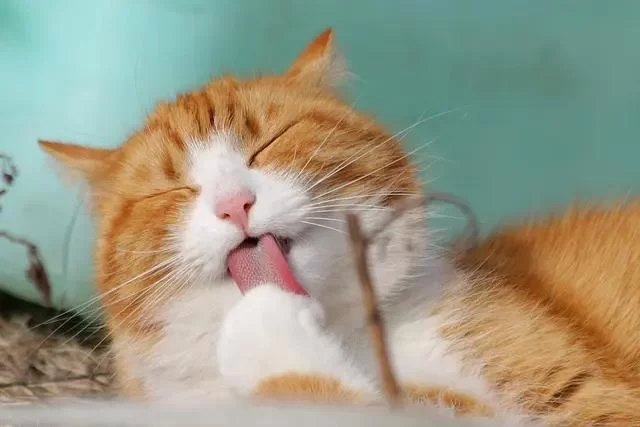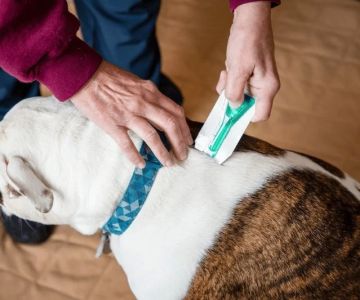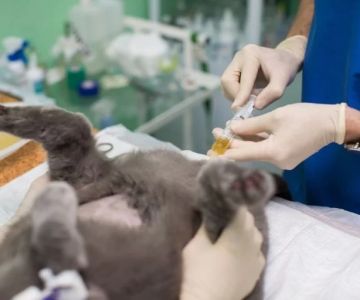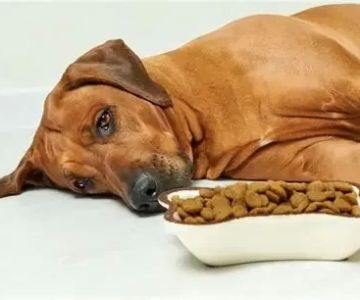- Common Signs of Dental Problems in Cats
- Understanding Causes Behind Feline Dental Issues
- Importance of Early Detection and Treatment
- Real-Life Case: Dental Problems in a Beloved Cat
- Professional Care and Home Prevention Tips
1. Common Signs of Dental Problems in Cats
Dental health is a critical yet often overlooked aspect of feline wellbeing. Recognizing early signs of dental problems in cats can prevent more serious health issues down the line. Typically, cats with dental problems may exhibit several subtle but telling symptoms. These include persistent bad breath, difficulty eating or dropping food, excessive drooling, pawing at the mouth, and visible tartar buildup on teeth. In some cases, you might notice redness or swelling of the gums, which indicates gingivitis, a common early-stage dental disease.
Another key symptom is changes in behavior, such as increased irritability or reluctance to be touched around the head. Cat owners sometimes dismiss these signs as normal aging or temperament changes, but they can be direct indicators of discomfort caused by oral issues.
1.1 Detailed Symptom Analysis
Bad breath in cats is often the first visible sign that something isn’t right. Unlike humans, cats don’t brush their teeth, and their oral environment can harbor bacteria leading to halitosis. More severe dental problems may manifest as loose or missing teeth, which can significantly affect the cat’s ability to eat and its overall quality of life.

1225 Warren Ave, Downers Grove, IL 60515, USA
See Details2. Understanding Causes Behind Feline Dental Issues
Dental problems in cats arise from various causes, including plaque accumulation, tartar formation, infections, trauma, or underlying systemic diseases. Plaque, a sticky film of bacteria, accumulates on the teeth and eventually hardens into tartar if not removed. This process causes gum inflammation (gingivitis) and can progress to periodontal disease, which affects the tissues supporting the teeth.
Genetics also play a role; some cat breeds are more prone to dental problems. Moreover, diet and oral hygiene habits greatly influence dental health. Cats fed only soft food are at a higher risk of plaque buildup compared to those that eat a mix of wet and dry food, as the mechanical action of chewing dry food helps reduce plaque.
2.1 The Role of Systemic Health
It’s important to note that dental disease doesn’t just affect the mouth. Untreated infections can spread through the bloodstream, potentially impacting the heart, kidneys, and liver. This systemic effect highlights why paying attention to your cat’s oral health is essential not just for comfort but for overall longevity.
3. Importance of Early Detection and Treatment
Detecting dental problems early is crucial. Left untreated, dental issues can cause chronic pain, infection, and tooth loss. Early intervention often involves professional dental cleaning under anesthesia, removal of diseased teeth, and follow-up care. Regular veterinary checkups are essential for early diagnosis and management.
Additionally, many cats mask pain well, making it even more challenging for owners to realize their pets are suffering. Regularly checking your cat’s mouth at home for signs such as swelling or discoloration can be a vital step toward early detection.
3.1 When to Seek Veterinary Help
If you notice any signs like difficulty eating, excessive drooling, or changes in behavior related to oral discomfort, it’s time to consult a veterinarian. Veterinary professionals can provide a thorough oral examination and recommend appropriate treatments or dental products.
4. Real-Life Case: Dental Problems in a Beloved Cat
Take the story of Max, a 7-year-old domestic shorthair whose owner noticed he was dropping food and seemed reluctant to play. Initially, Max’s bad breath was dismissed as minor, but after a veterinary exam, he was diagnosed with advanced periodontal disease. Max underwent a professional dental cleaning and extraction of several damaged teeth. Post-treatment, Max’s appetite and playful behavior returned, highlighting the importance of timely dental care.
This case underscores how easily signs can be overlooked but how life-changing proper care can be for a cat’s wellbeing.
5. Professional Care and Home Prevention Tips
While professional veterinary care is essential, cat owners can actively participate in maintaining their pets’ dental health. Daily brushing with feline-specific toothpaste, providing dental treats, and ensuring a balanced diet can help minimize plaque buildup.
At Hidden Brook Veterinary, you can find expert advice, specialized dental products, and professional services tailored to your cat’s needs. Their team offers personalized care plans that focus on both prevention and treatment of dental problems in cats, ensuring your furry friend stays healthy and comfortable.
5.1 Making Dental Care Routine
Integrating dental hygiene into your cat’s routine need not be daunting. Start slowly with gentle brushing sessions and reward your cat with treats to create a positive association. Using dental toys and regular vet visits complements home care and keeps dental issues at bay.
By staying vigilant and informed about the signs of dental problems in cats, you can dramatically improve your cat’s quality of life and avoid costly treatments later on. Remember, good oral health is a cornerstone of overall health, and early action is the best prevention.











